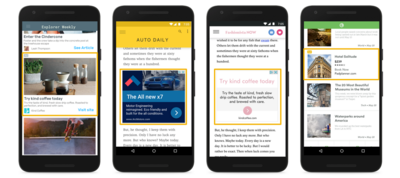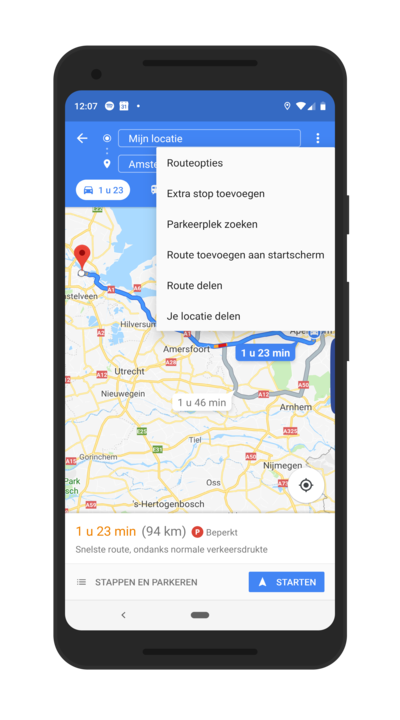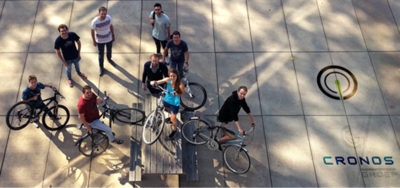
Thomas Kussé
Google really launches the mobile train now
And you'd better jump on it! In the words of Sridhar Ramaswamy, Senior Vice President Ads and Commerce of Google: "the shift to mobile isn't happening, it has happened already". That's why he announced some landslides in the annual keynote speech: at the end of 2016, flagship AdWords will undergo a metamorphosis.
We'll throw some numbers at you:
So the fact that Google is now going to bet even more on mobile is not just out of the blue. But what changes are lurking just behind the corner?
First of all you get more space for text ads. Because mobile screens are getting bigger and wider, you can enter two heads (of 30 characters) from the end of this year and your description may also be a bit longer. Put simply: you can give potential customers even more information about your product or service to entice them to click. Tests have already shown that extra text would generate up to 20% more clicks.

In addition to the Search Network, the Display Network will also be further 'mobilised'. Soon you will be able to put together responsive display ads that will always adapt to the look and feel of the page they are displayed next to. Just enter the basic data (headlines, description, image, a URL) as you always did, and Google will do the rest for you. As the wise Fat Joe once said, "lean back".
From this autumn, you can also adjust your bidding strategy per device, and increase up to 900% for desktop, tablet or smartphone. Until now, you placed a basic bid and were able to vary your mobile bid, but later this year the whole system will be chopped up. Bidding for desktop, mobile and tablet can then be completely independent of each other: a lot more flexibility and clout for advertisers, thanks to a few settings!

At the same time, Google Maps is (even) more pulled aboard the advertising boat. One third of all mobile searches are location-specific and the large search engine wants to respond to this in a convenient way. Physical shops can be displayed better and nicer (with logo) on the map. The business pages themselves also get a new face, as you can see in the image on the right. If you use location extensions for an advertisement, you can better highlight your business on google.com as well as on Maps. Google continues to chisel pieces of the wall between the digital and the physical world.
Finally, there will also be a better follow-up for in-store conversions. People click on your ads, how nice! But if you only have a physical shop, the follow-up is difficult to measure. That's why Google makes the so-called in-store conversions more accessible for (even) more types of things. How they do that is as simple as it is ingenious: thanks to the location history of mobile devices. If someone has clicked on your ad and then visited your shop, you will know from now on. A very accurate way to measure ROI, if you ask us!
